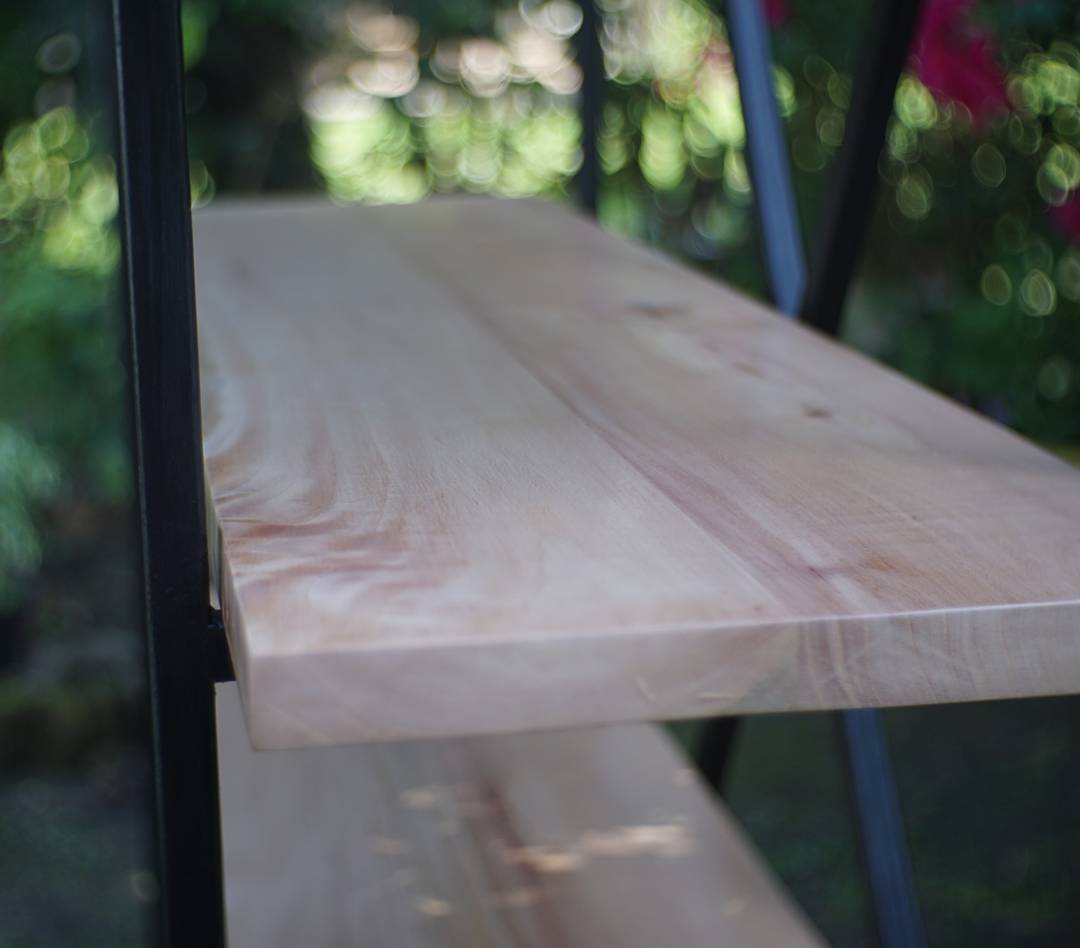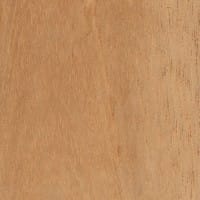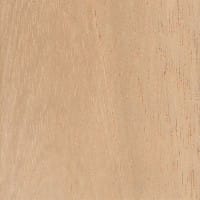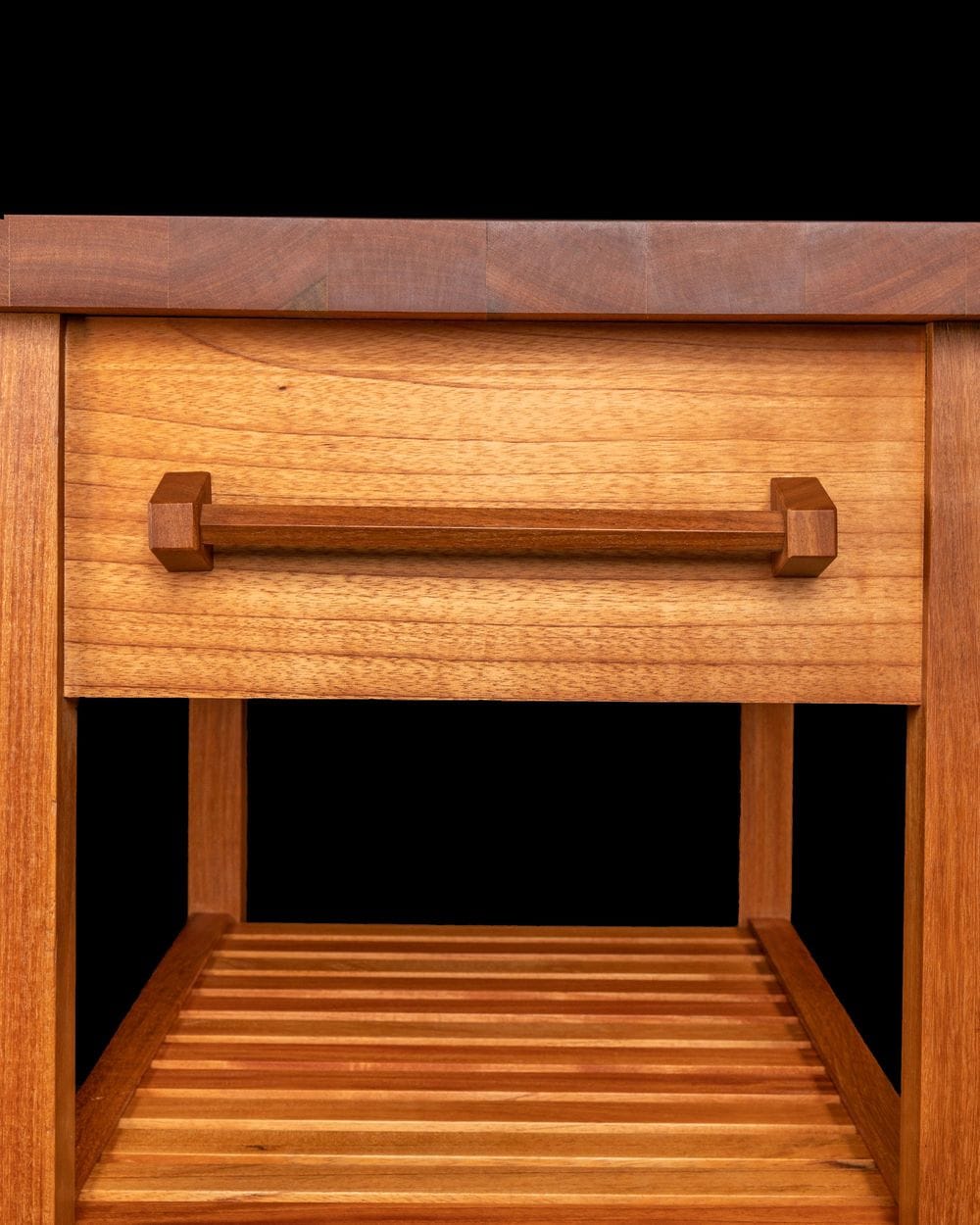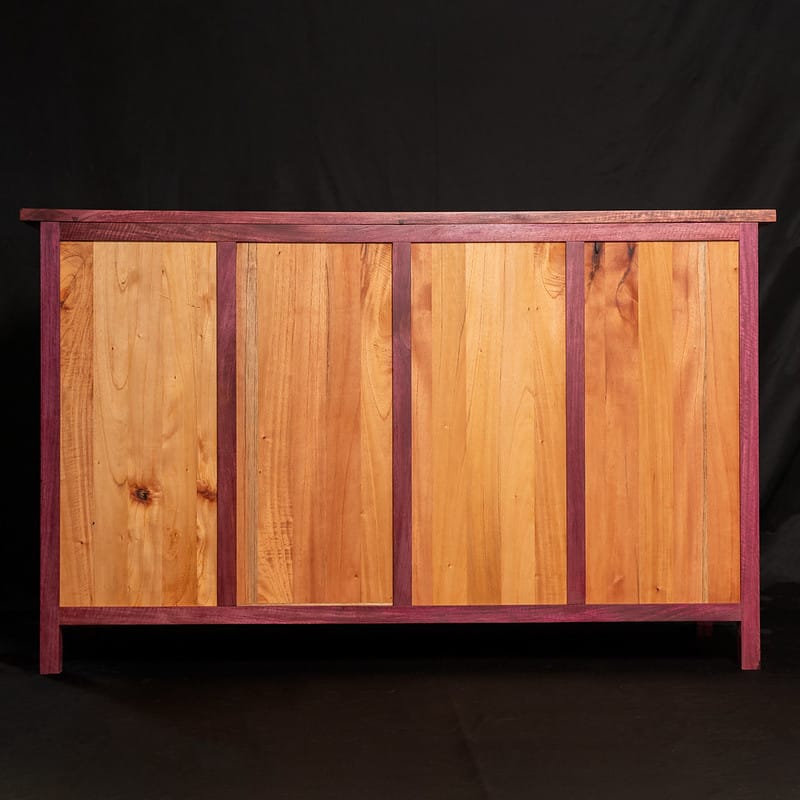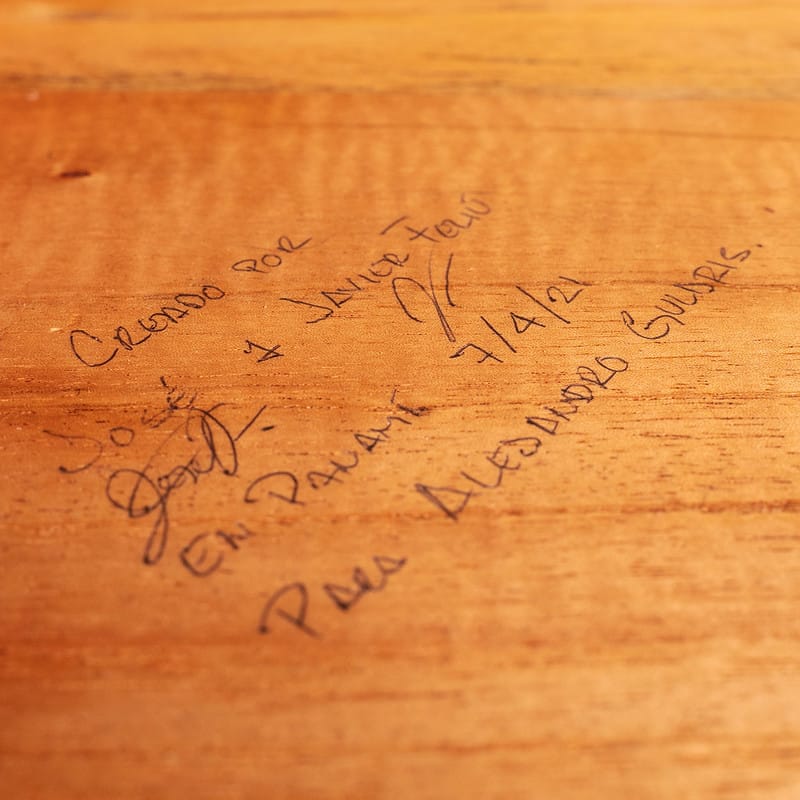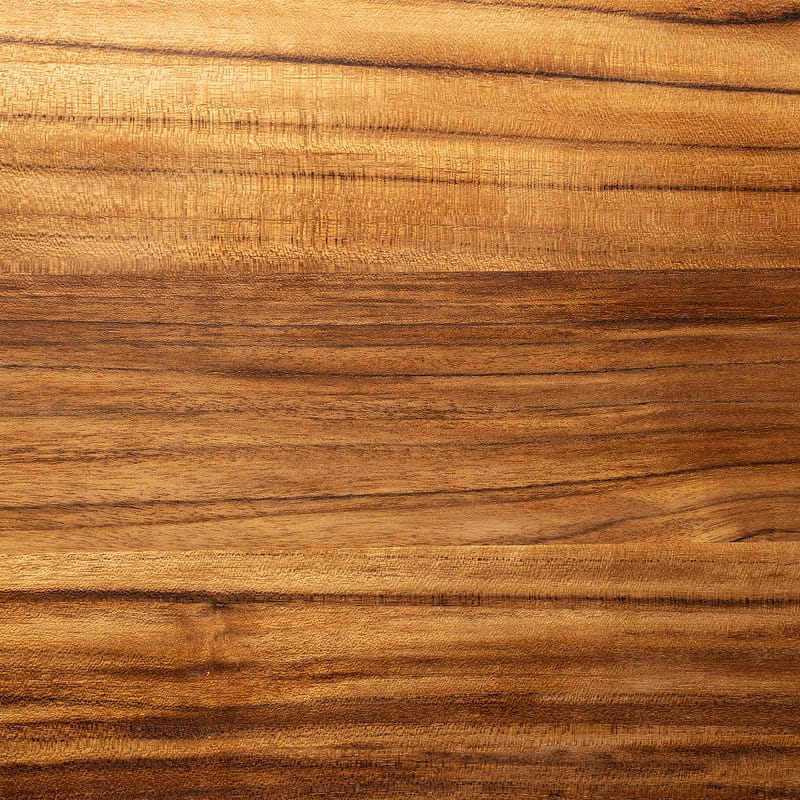Spanish Cedar, known scientifically as Cedrela odorata, is a valued wood native to Central and South America and the Caribbean, with some growth on plantations. This timber, reaching 65-100 feet in height and 3-5 feet in trunk diameter, is celebrated not only for its light pinkish to reddish-brown heartwood that darkens with age but also for its distinct, cedar-like scent, making it a preferred choice for cigar boxes.
Weighing an average of 29 lbs/ft³, Spanish Cedar is characterized by its straight or shallowly interlocked grain and medium texture. Despite its somewhat bland grain patterning and figure, it possesses excellent workability with both hand and machine tools, though it may require extra sanding to achieve a smooth surface due to its softness and the presence of natural gum pockets.
Durability-wise, Spanish Cedar ranges from durable to moderately durable against decay and is resistant to termite attack. However, it's noteworthy that older, slower-growing trees offer more durability than younger, plantation-grown specimens. This wood's easy workability, coupled with its susceptibility to leaving fuzzy surfaces and the challenge of gum pockets, makes it unique in its handling requirements.
Spanish Cedar is utilized in various applications, including veneer, plywood, cabinetry, musical instruments (notably flamenco and classical guitars), humidors, and boatbuilding. Its rich history and close relation to true Mahoganies, despite not being a true cedar, add to its appeal in woodworking and crafting circles. The wood's density and mechanical properties can significantly vary, influenced by the origin and growth conditions, reflecting in its versatility and range of uses.
